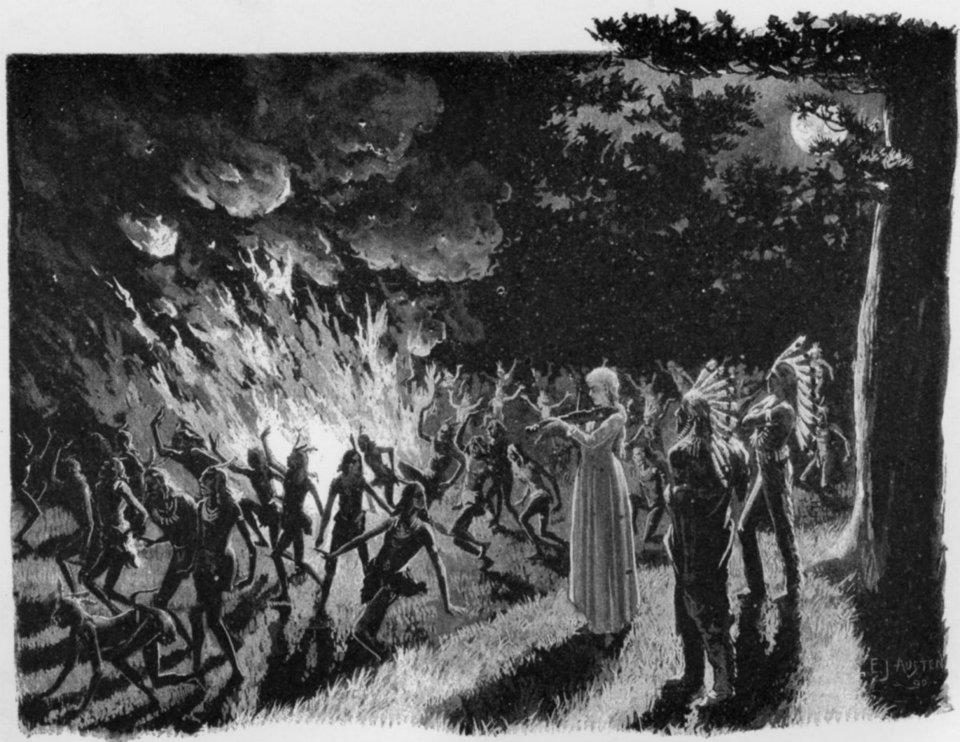
LAS FALLAS
=法雅
VALENCIA
LAS FALLAS
“la cremà“
.
Con la llegada del mes de Marzo las celebraciones se empiezan a suceder por lo largo y ancho del mundo entero, algunas empiezan antes, pero a partir de Marzo empiezan las celebraciones más emblemáticas… especialmente en España. El mismo mes de Marzo tiene lugar el equinocio de privamera, cuando decimos adiós al crudo invierno para recibir a las flores, el sol y el buen clima y temperatura y para celebrarlo en Valencia se celebran las fiestas mayores.Valencia es una de las principales ciudades españolas y cuenta con una importante cultura y tradición entre sus habitantes, pero no sólo la ciudad de Valencia si no toda la província entera que celebra con júbilo las Fallas. Las fallas son una celebración pagana en la que mediante la quema de los ninots se celebra y purifica el cambio de estación. Las Fallas son una fiesta de interés turístico internacional en el que las comisiones o grupos falleros contruyen sus monumentos de cartón-piedra de medidas y acabados espectaculares para proceder, la noche del 19 de Marzo, a la quema masiva de los mismos en el acto denominado “la cremà“. Cada monumento puede costar varios cientos de miles de euros y, el más caro contruído y quemado, de la história llegó a alcanzar los 600.000 euros (100 millones de las antiguas pesetas), por lo que los turistas que visitan Valencia no llegan a alcanzar el sentido de quemar tanto dinero, incluso en tiempos de crisis.


